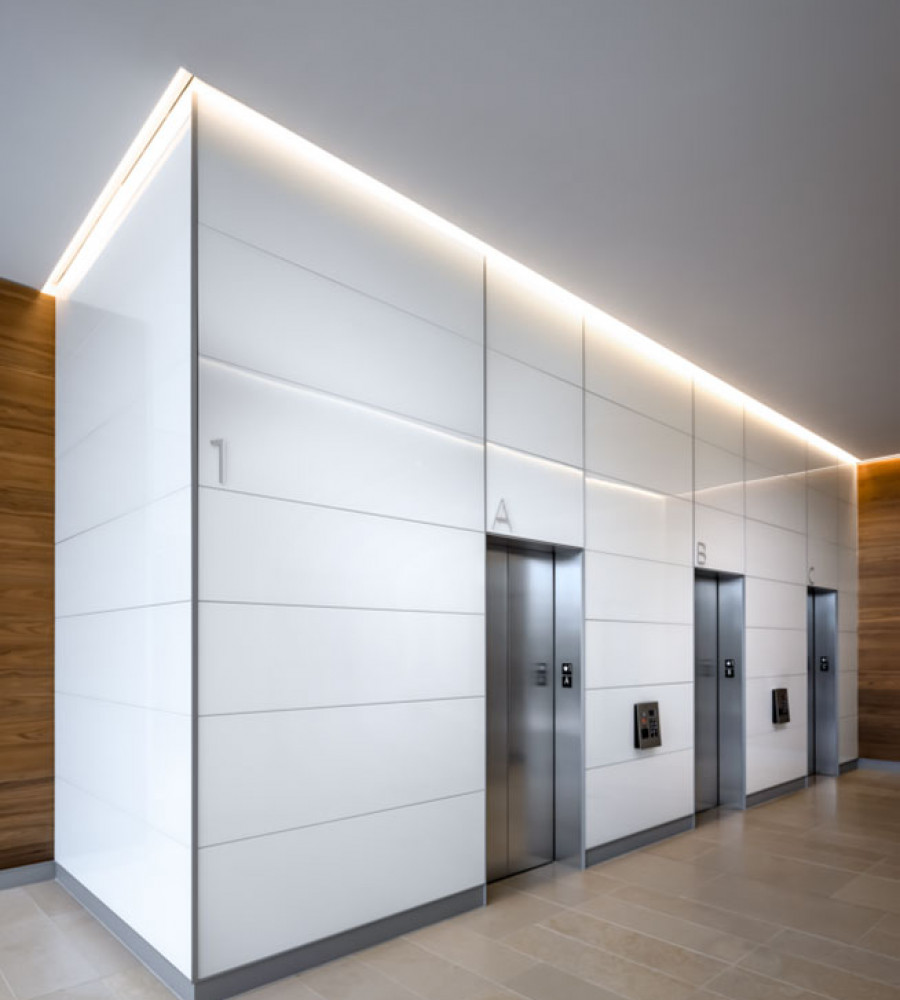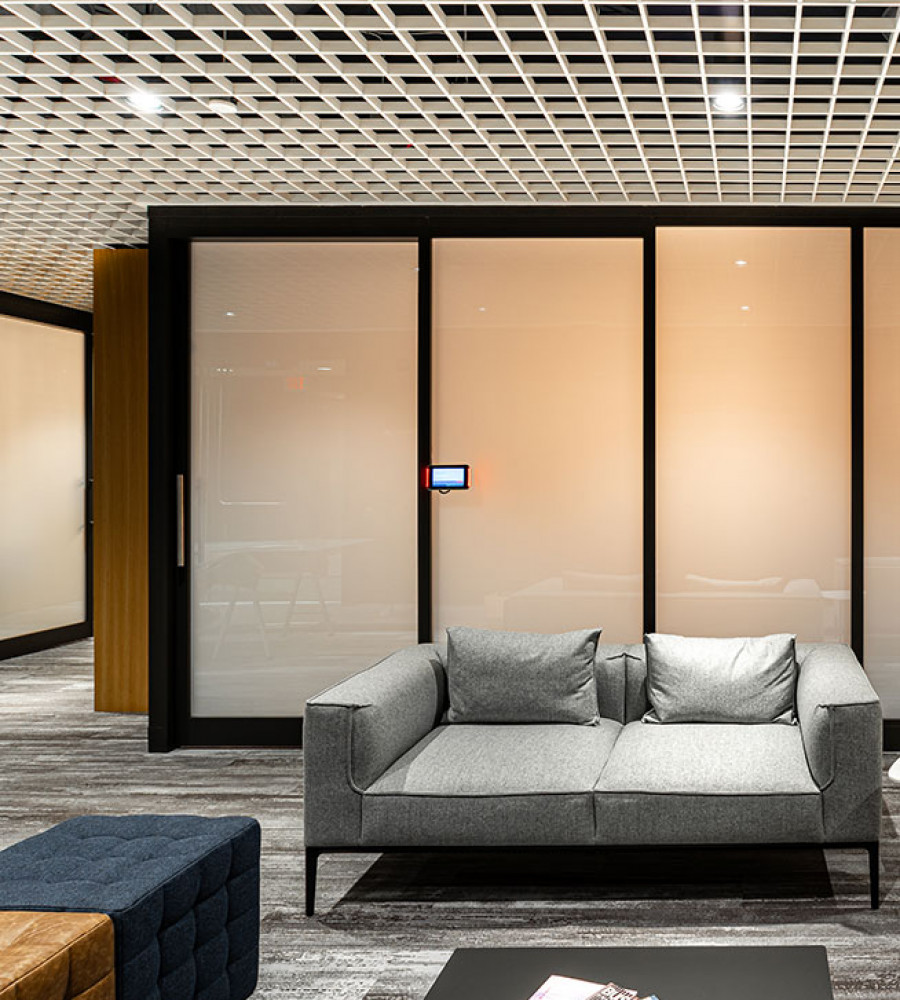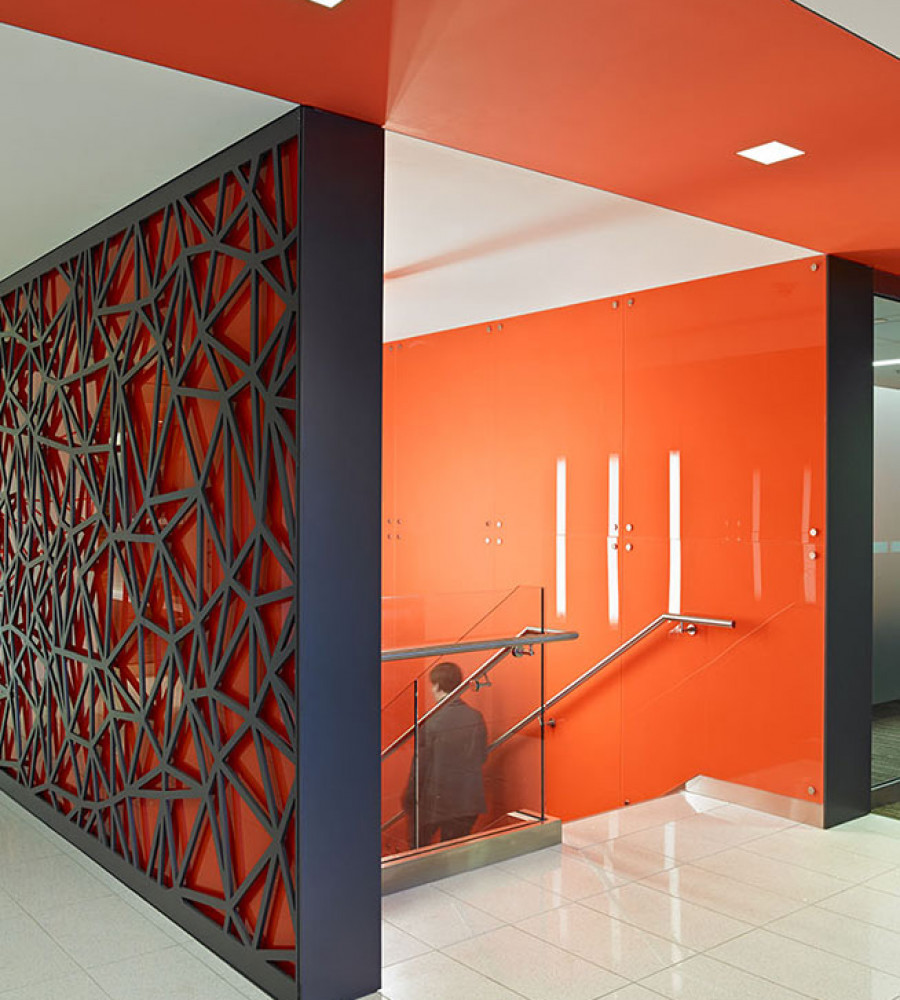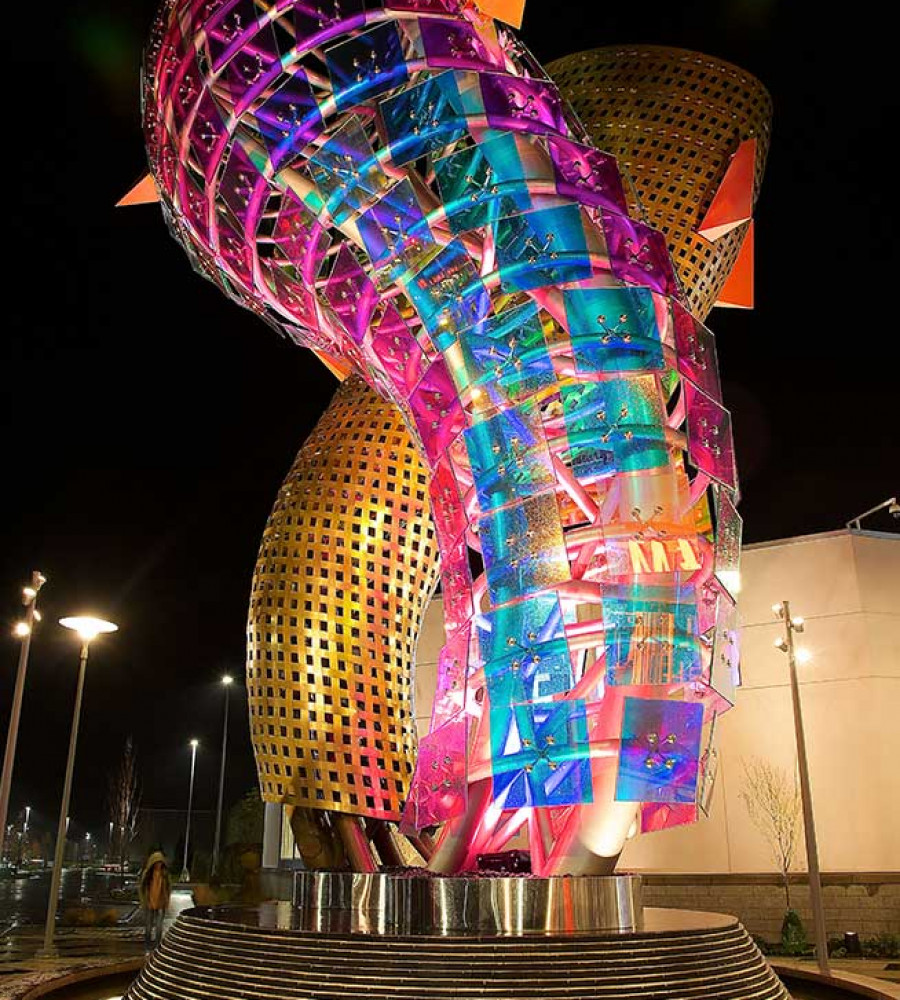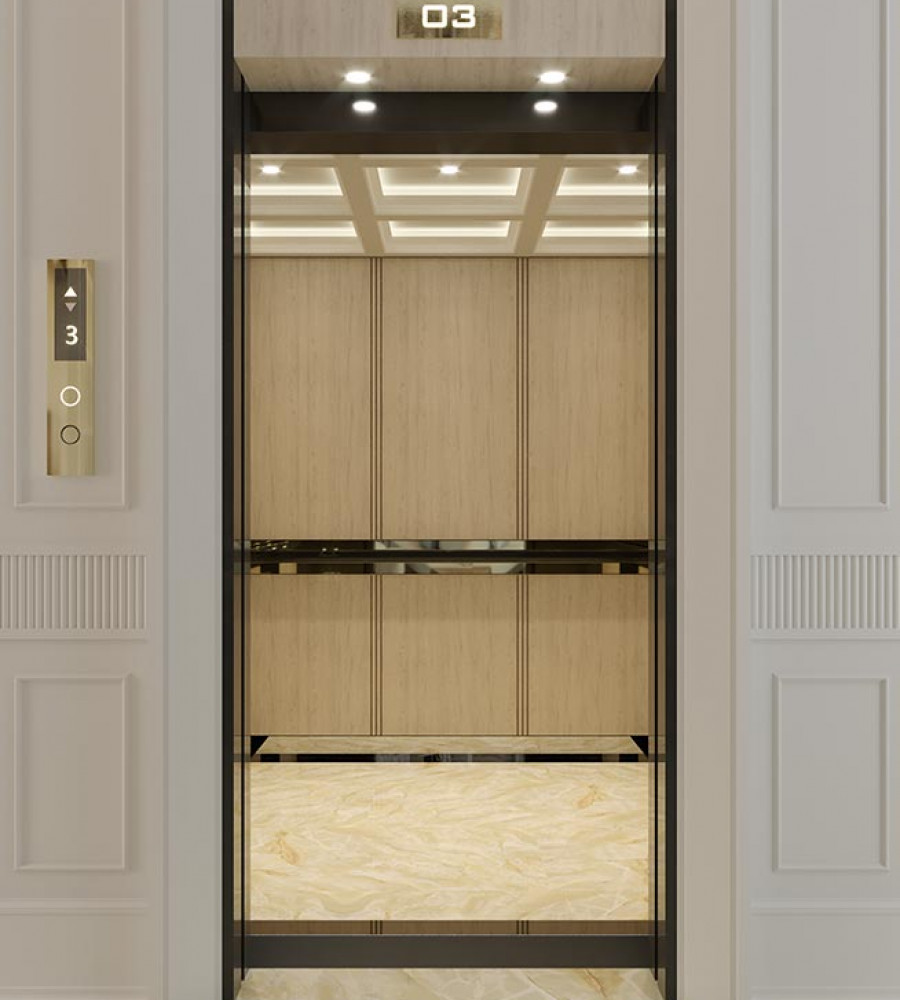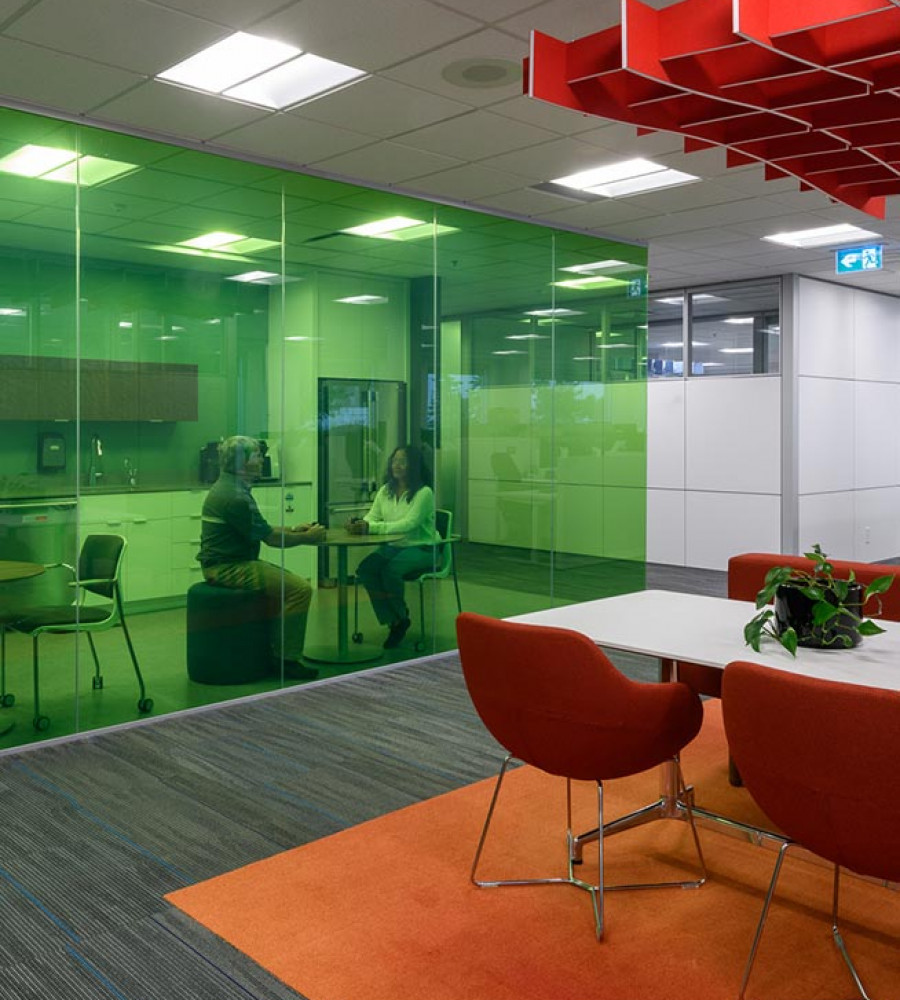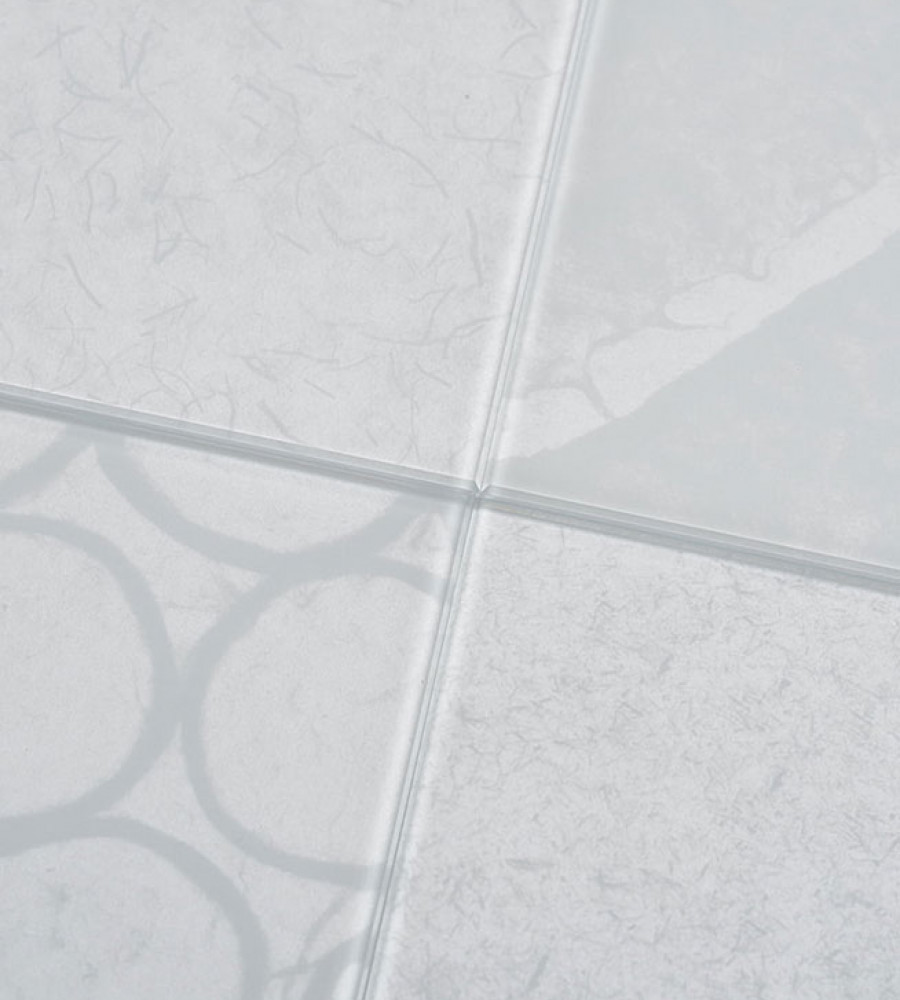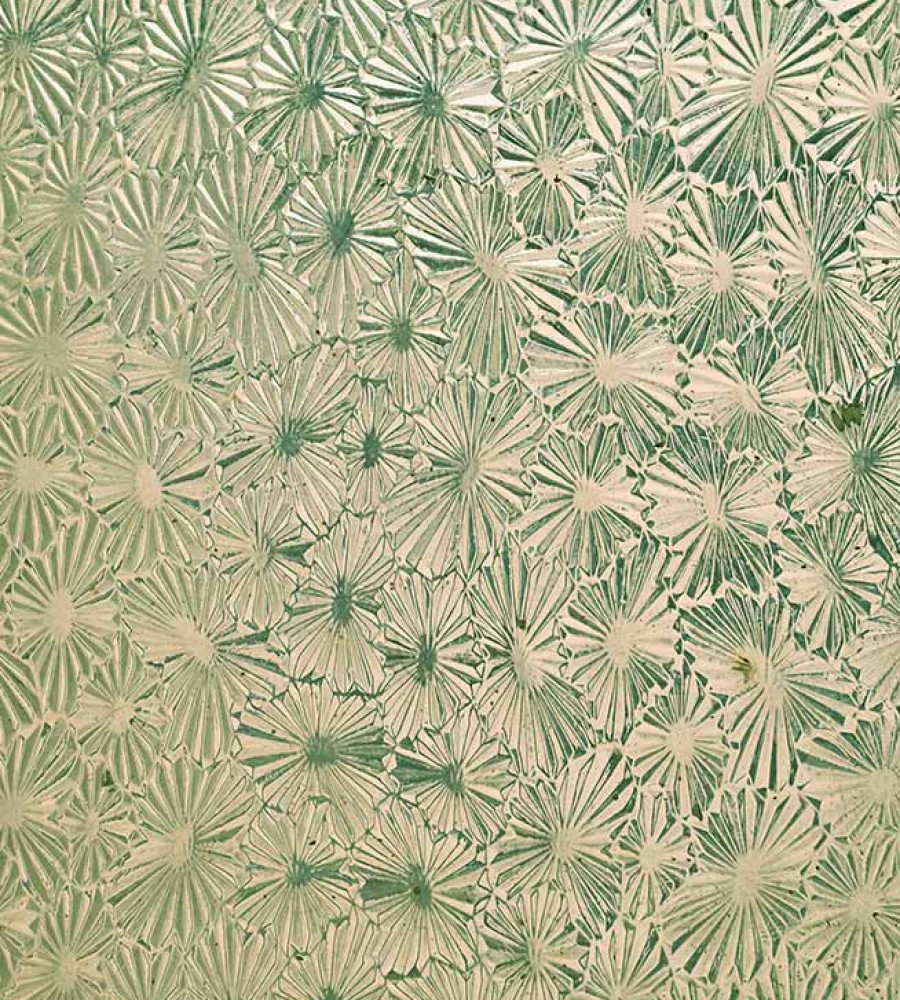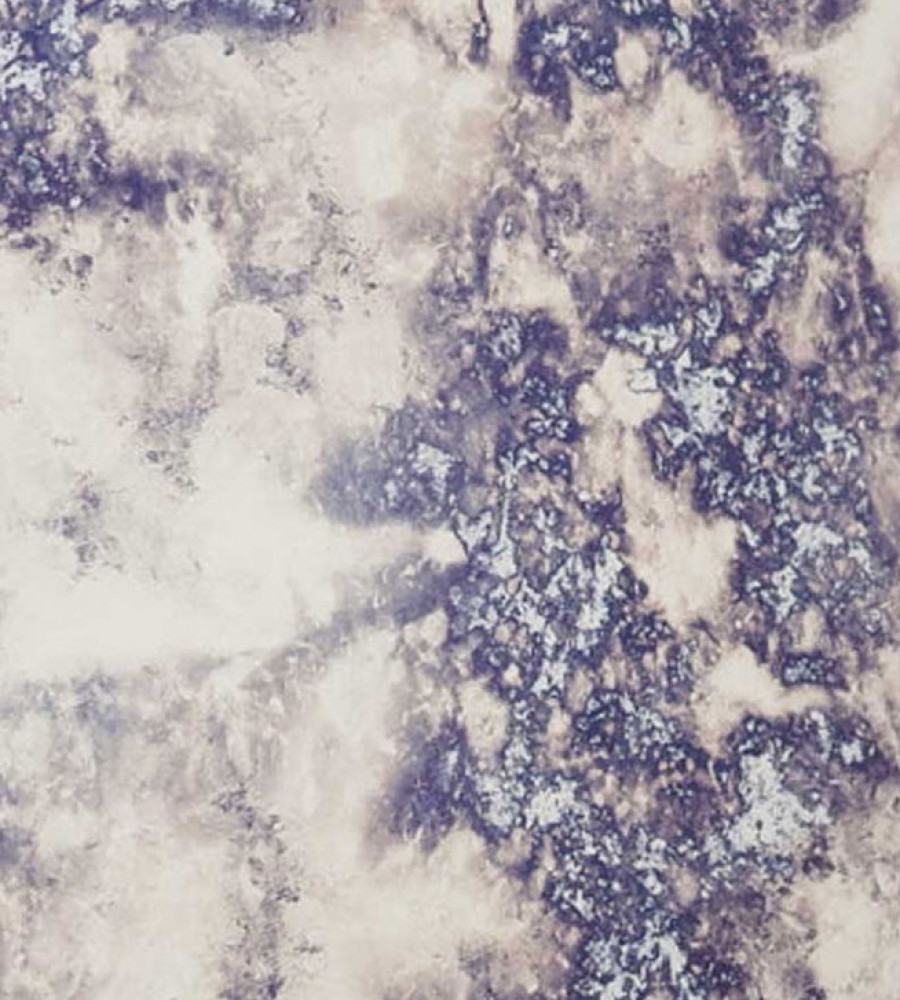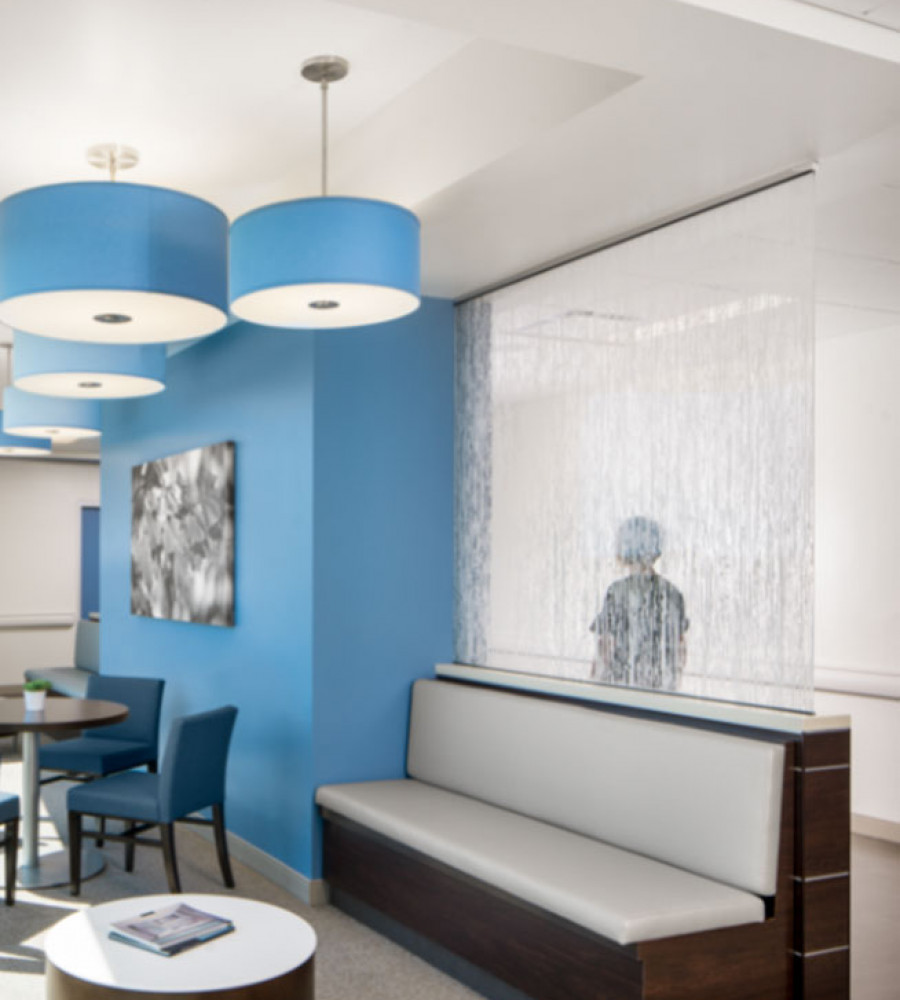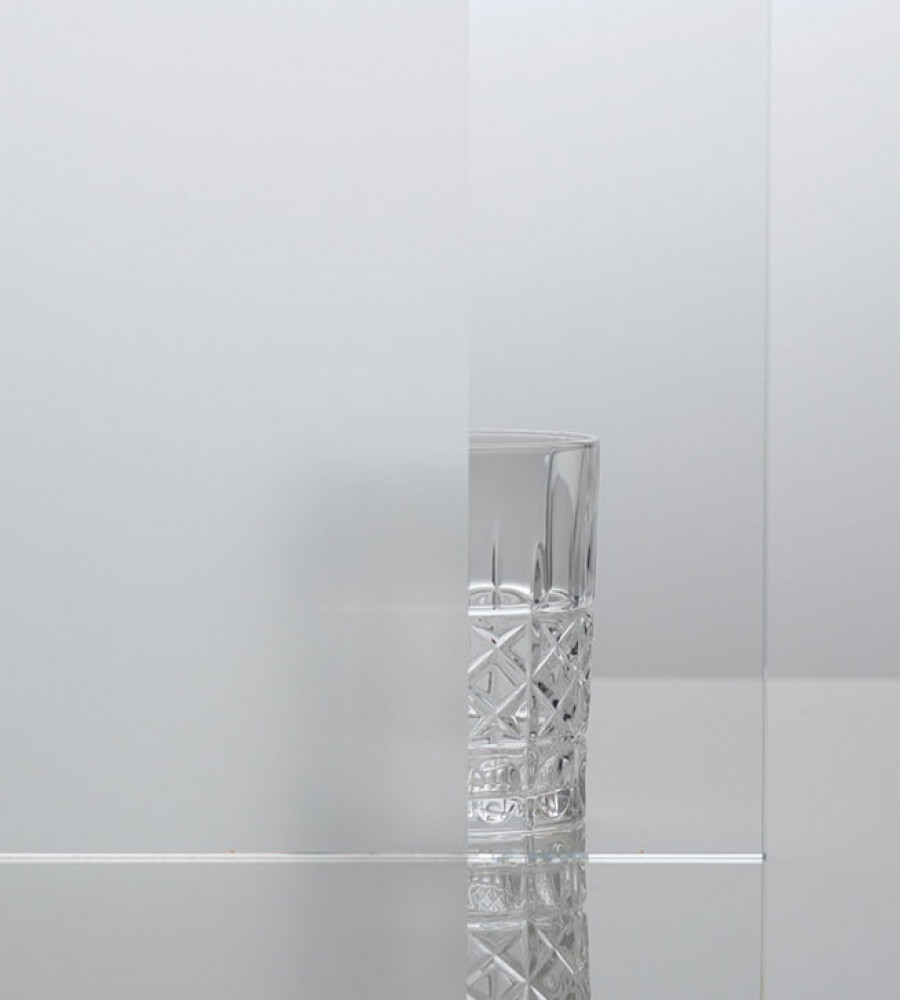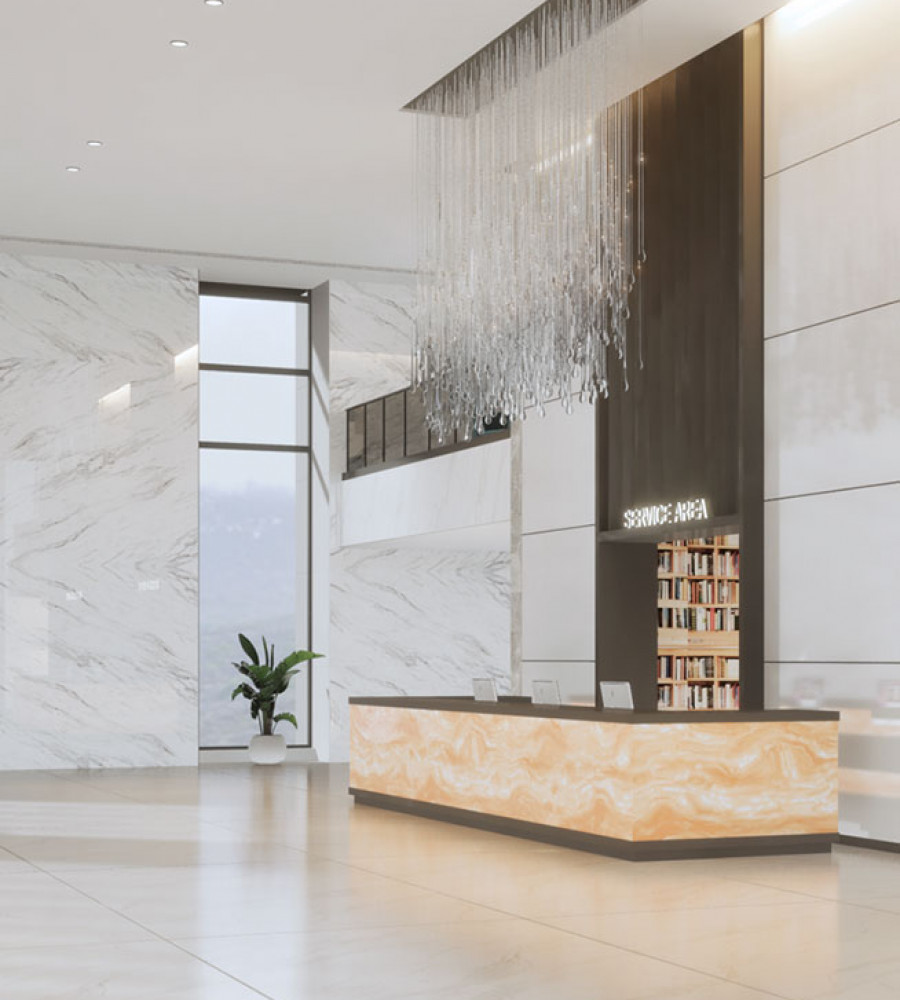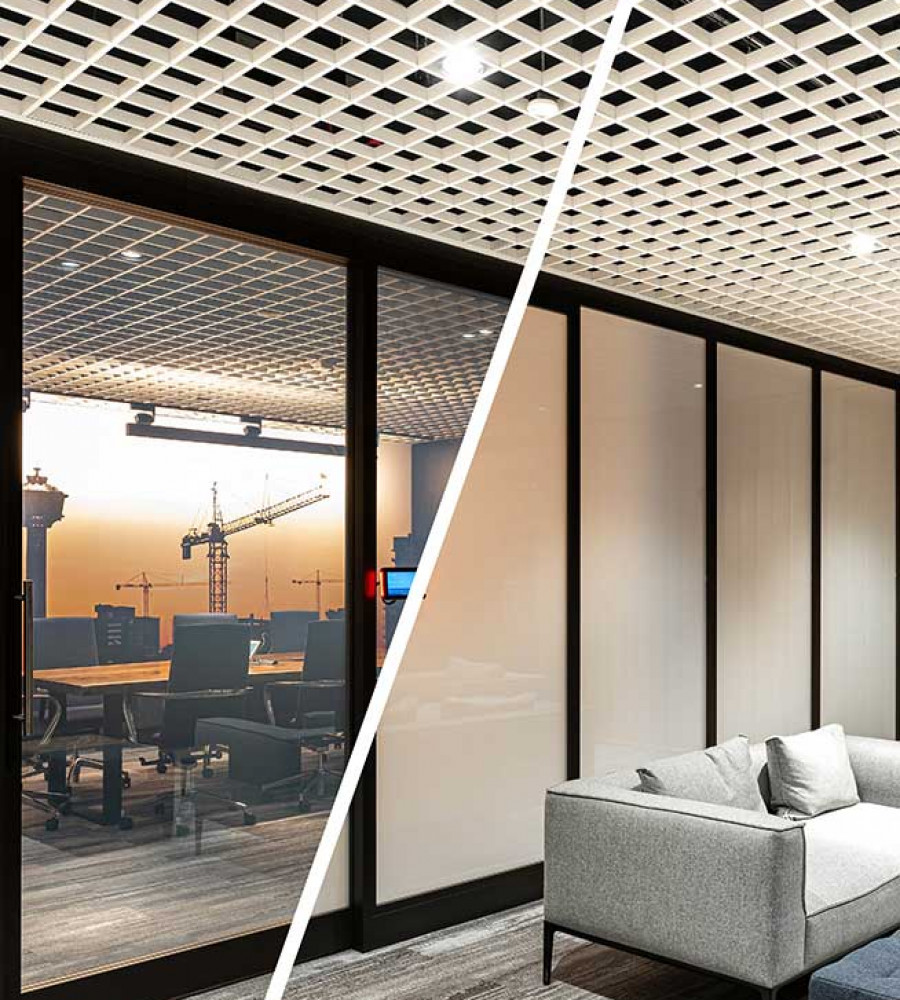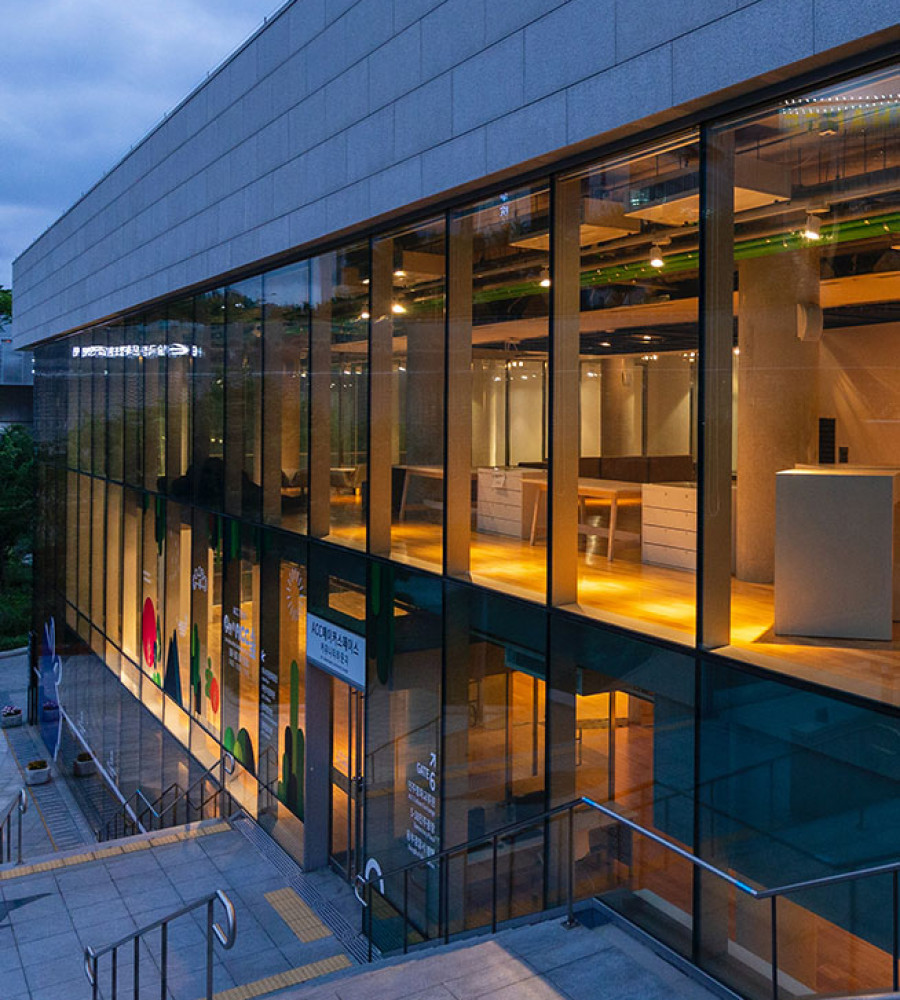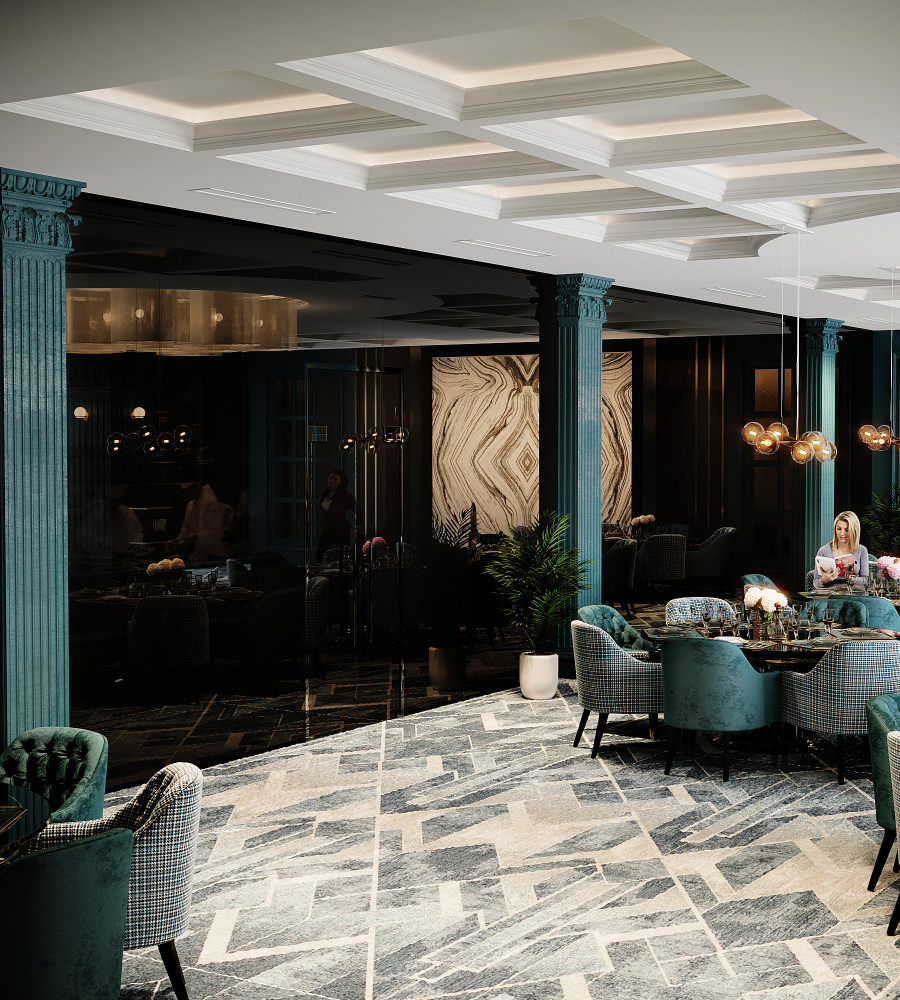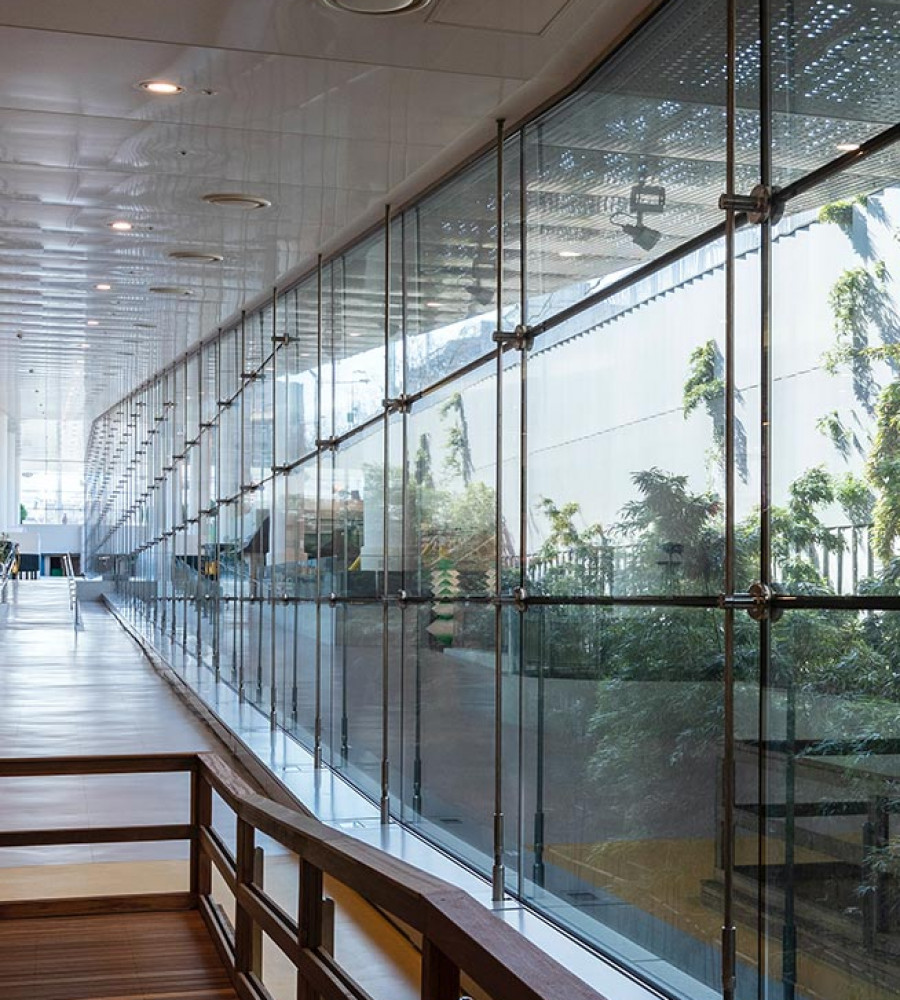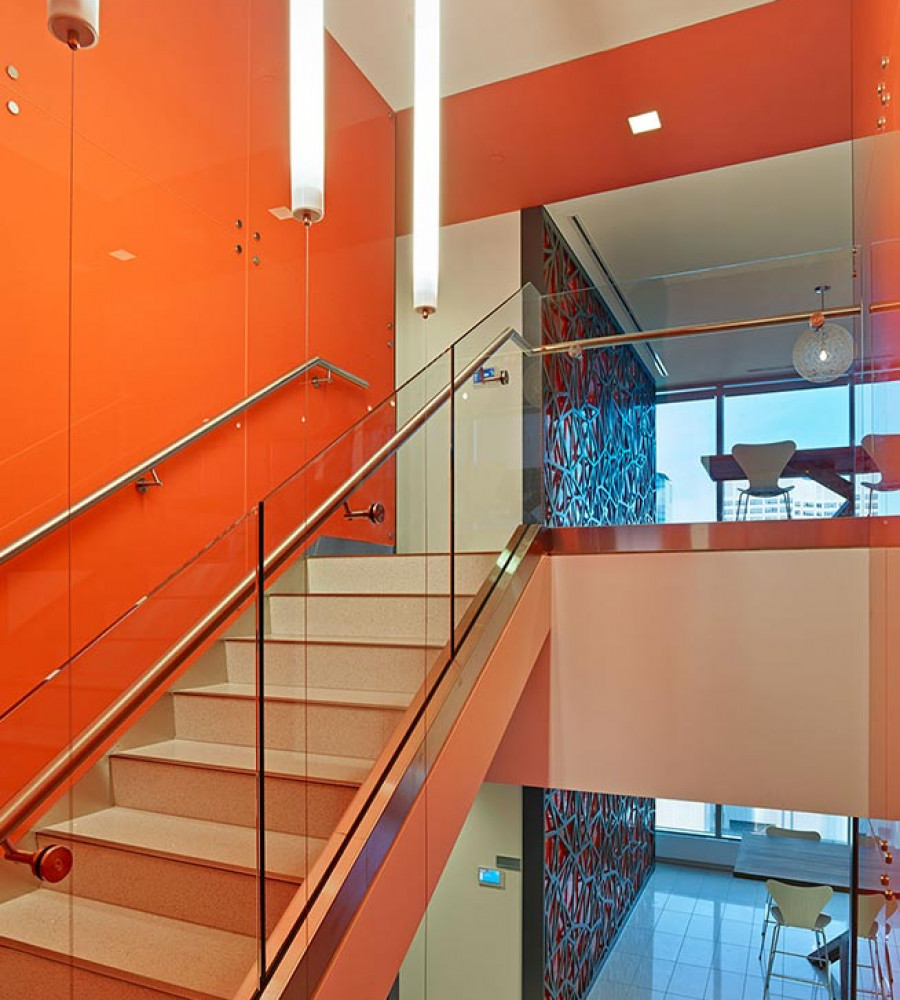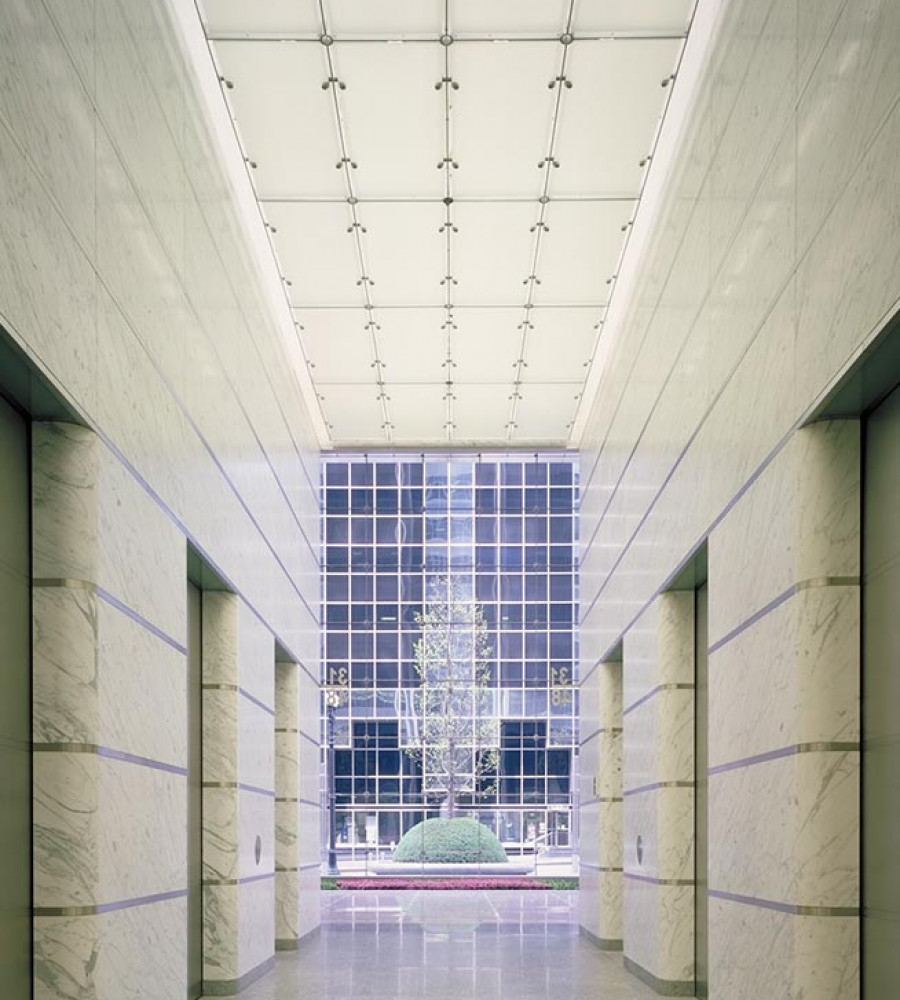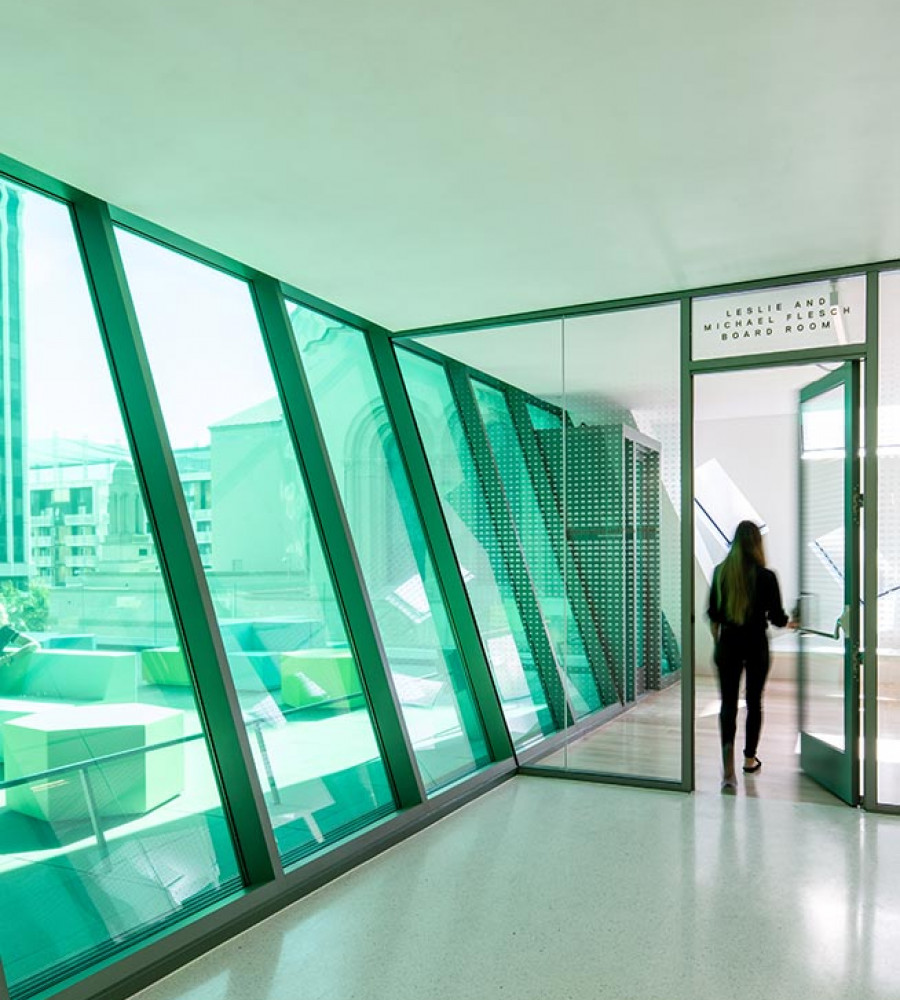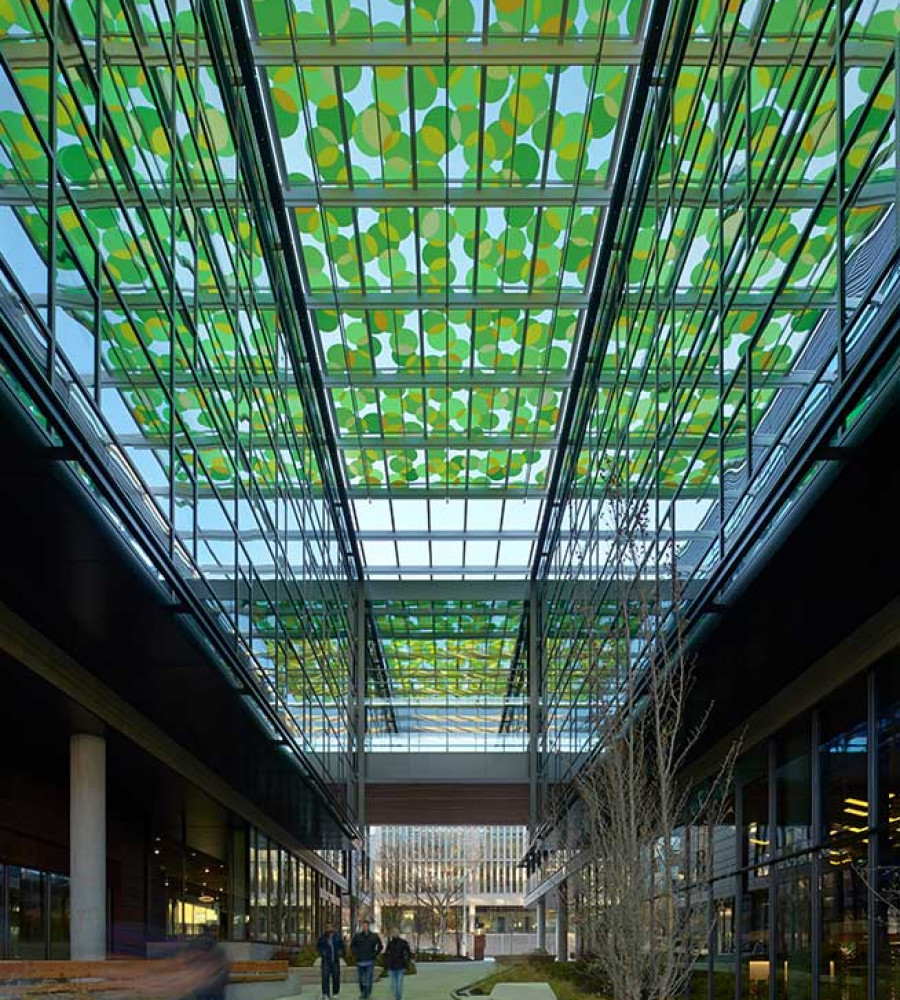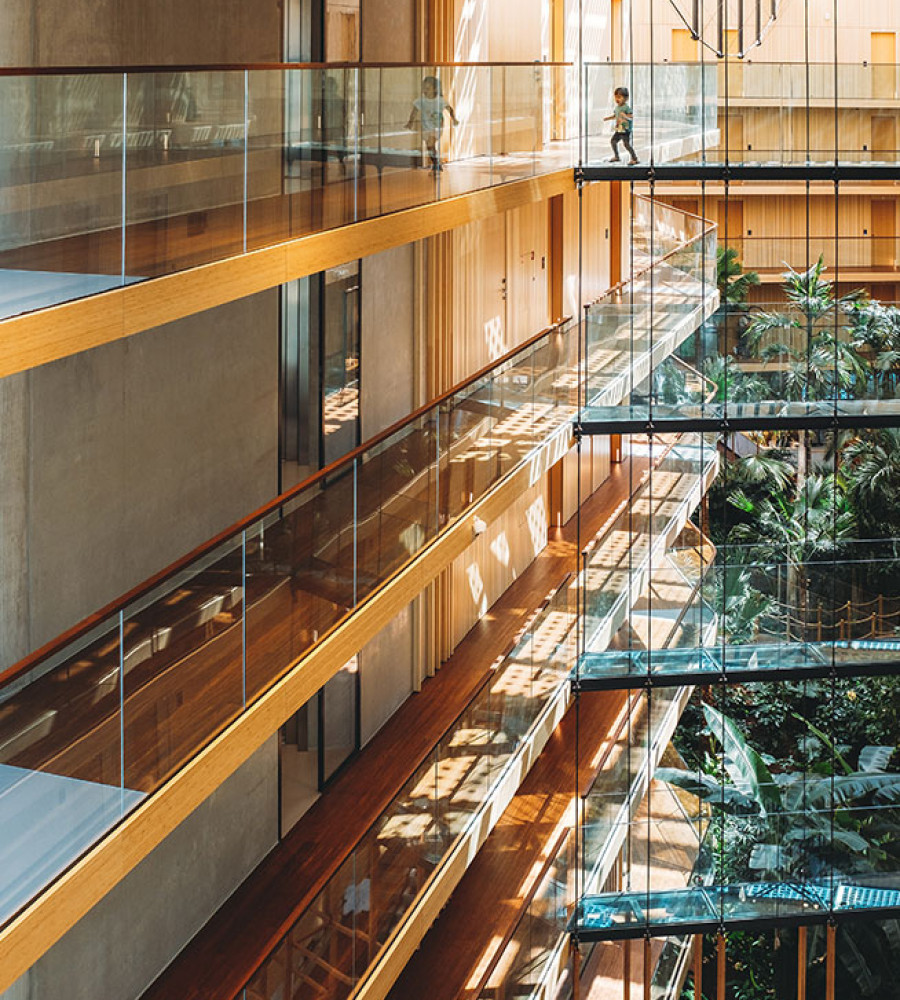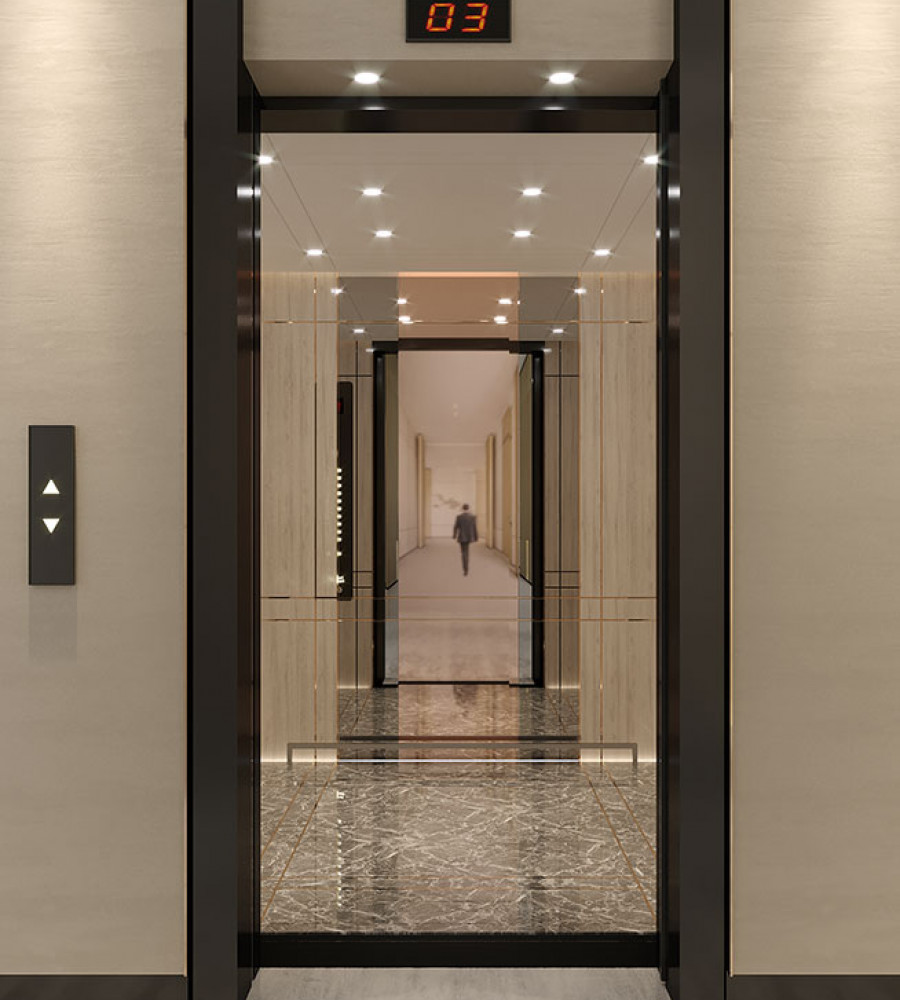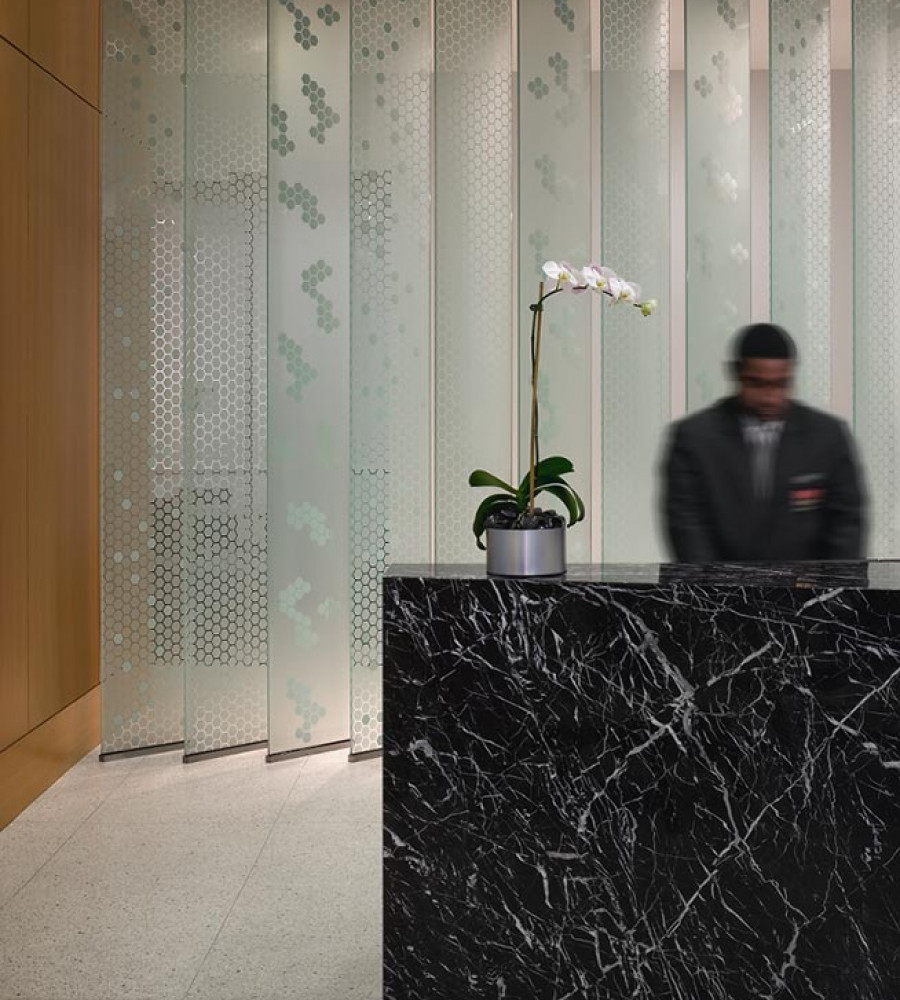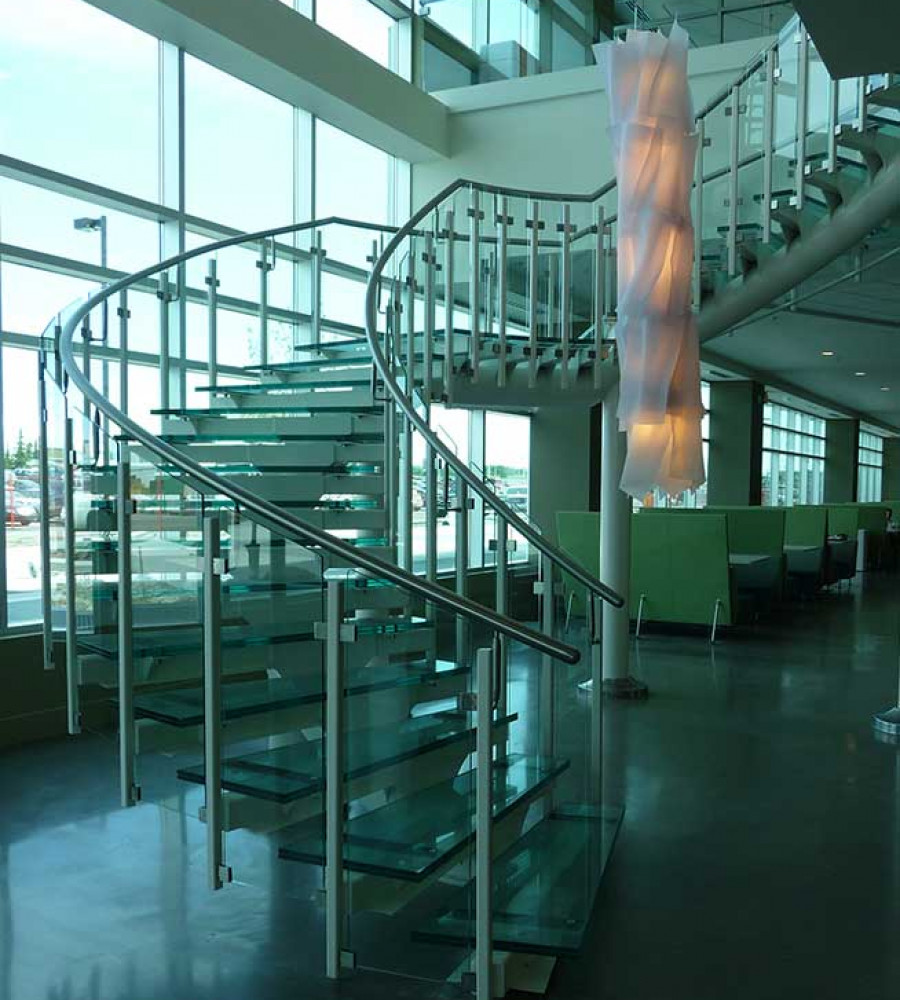Posted: 10 years ago
Color and Design
Color is something so inherent in the way that we view the world that we often take for granted the importance it plays in our day to day lives. From the bright green we see on the trees to the red stop sign we pass on the way to work, colors signify instruction, emotion and strong associations. These associations, interestingly, are not consistent throughout the world, or even between two people within the same culture. The color red for example signifies anger, danger or excitement in the western world, while it signifies prosperity, good fortune and is a color worn by brides in the eastern world. In North America we often associate light blue with baby boys, but traditionally in Belgium, blue signified a baby girl. And in Thailand, blue just represents “Tuesdays”. How we perceive color is consistent across the human experience, but the meaning it has to us is clearly a cultural construct. Color associations, and the use of color in general is something that interior designers and architects have to give much thought to. When creating a calm, relaxing environment we may choose a very different color palette than one for a space with an invigorating, energetic vibe. Designers must not only understand the associations we have with color culturally, but be on the cusp of how colors are being used in trends across the world, and how the associations we have with color are always evolving. When combining colors, designers and artists know that using complimentary colors, colors directly across from each other on the color wheel, produce a vibrant, highly contrasting effect. This is helpful when trying to draw the eye to one specific feature of the design. Using analogous colors that are directly beside each other on the color wheel however, can help to create a calm and harmonious feel for the viewer. Analogous color schemes are often found in nature, and are congruent and pleasing to the eye. Taking into account the human interpretation of color, designers create spaces that cater to the needs and requirements of the user. Stay tuned next week to learn how manufacturers in the architectural industry view and produce color in accordance with the specifications of the designer or architect.

